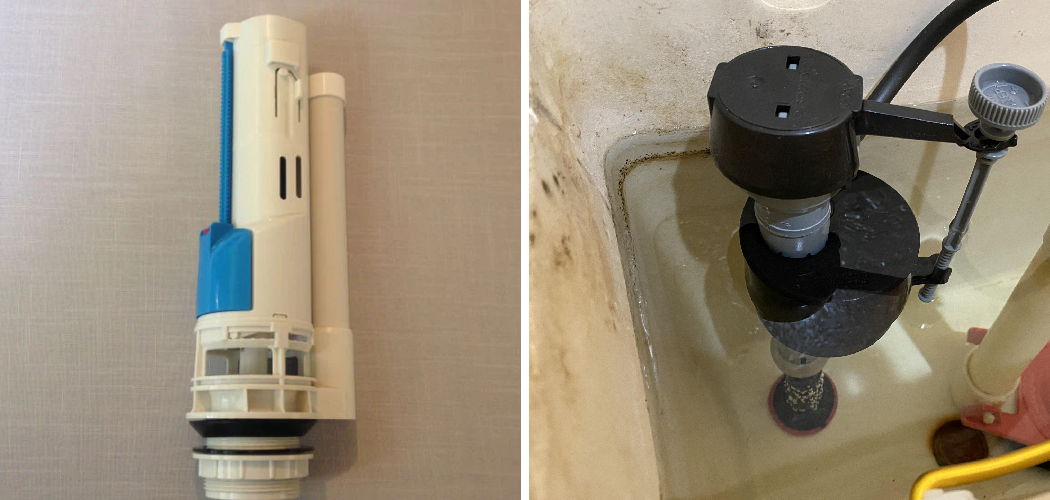The toilet inlet valve, commonly referred to as the fill valve, plays a crucial role in the effective functioning of a toilet. Its primary purpose is to refill the toilet tank with water after each flush, ensuring that adequate water levels are maintained for optimal flushing performance. Understanding how does a toilet inlet valve work is essential for anyone who wishes to perform basic troubleshooting and maintenance on their toilet.
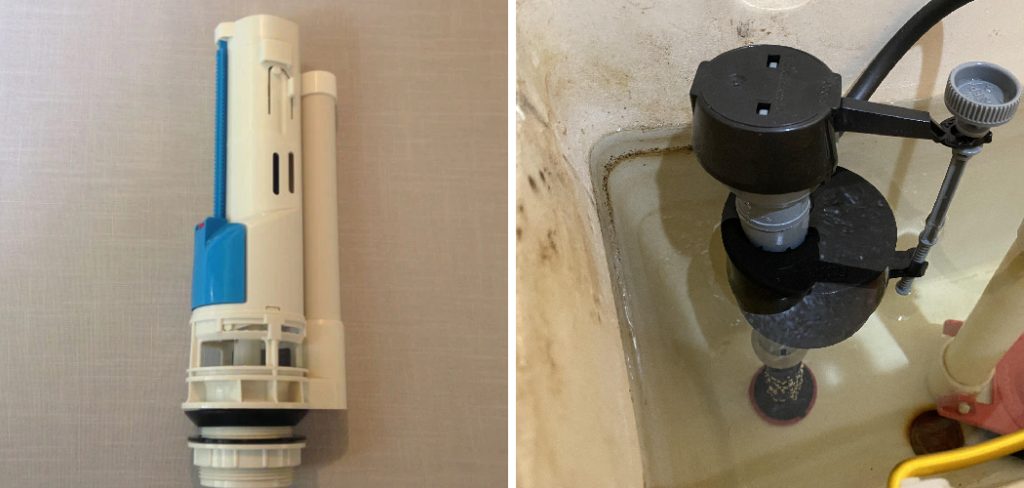
By grasping the operation of the inlet valve, users can identify issues such as leaks or improper water levels, ultimately leading to more efficient repairs and extended service life for their toilets. This article aims to demystify the function of the inlet valve, emphasizing its importance in the overall plumbing system while providing insights into ensuring its proper operation.
Components of a Toilet Inlet Valve
Basic Structure of the Inlet Valve
The toilet inlet valve consists of several key components that work in unison to control water flow into the toilet tank. The float is a buoyant device that rises and falls with the water level in the tank; it is connected to the valve body and is critical for regulating water inflow. The fill tube directs water from the inlet valve into the tank, ensuring efficient filling after a flush.
The valve body houses the main mechanism of the inlet valve, typically comprised of a diaphragm or plunger that opens and closes to allow or restrict water flow. Lastly, the adjustment screw allows the user to set the height at which the float activates the valve, providing a means to control the water level in the tank. When the toilet is flushed, the float drops, opening the valve to refill the tank, while the float rises as the tank fills, eventually closing the valve to stop the water flow.
Different Types of Inlet Valves
Toilet inlet valves come in various types, each with distinct designs and methods of operation. Traditional ballcock valves feature a floating ball that rises to shut off water flow when the tank is full. This type is often found in older toilets and is known for its reliable performance but can be somewhat noisy. Modern diaphragm valves, on the other hand, utilize a flexible diaphragm that rises and falls to control water flow, making them quieter and more efficient.
Float cup valves are another contemporary option, featuring a float attached to a rod that moves up and down alongside a fill valve, providing precise control over water levels. Each type, while serving the same basic function, has its own advantages and disadvantages in terms of noise, efficiency, and ease of maintenance. Understanding these differences can assist homeowners in selecting the right inlet valve for their specific toilet needs.
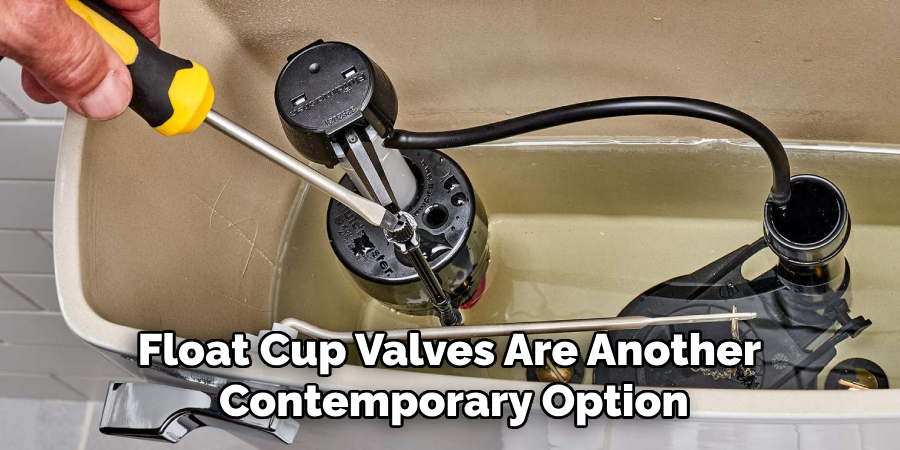
How Does a Toilet Inlet Valve Work: Working Process
Filling the Tank After a Flush
When the toilet is flushed, the powerful rush of water that evacuates the bowl creates a drop in the water level in the tank. This drop prompts the inlet valve to open, allowing water from the supply line to flow into the tank. The float mechanism, which is connected to the inlet valve, begins at a lowered position as the water is flushed away. As water starts to fill the tank, the float rises, indicating that the tank is being refilled.
The valve remains open during this process, providing a steady supply of water until the float reaches a specific height set by the adjustment screw. Once the float reaches this predetermined level, it gradually activates the closure of the valve, stopping the flow of water and preventing overfilling.
Regulating Water Level
The inlet valve’s primary function is to regulate the water level within the toilet tank efficiently. As the float rises, it activates a mechanism within the valve that limits the water flow once the right level is reached. This ensures that there is enough water for an effective flush without overflowing. Homeowners can fine-tune the water level by adjusting the adjustment screw on the fill valve, which controls the height at which the float shuts off the water supply. A properly set water level is crucial; if it’s too low, the toilet may not flush effectively, while a too high level can lead to unnecessary water wastage.
Preventing Overflow
An essential feature of the inlet valve is its ability to prevent overflow, ensuring that the toilet tank does not exceed its designed capacity. As the float rises and activates the valve closure, it effectively stops the water flow when the correct level is reached. If the inlet valve fails to shut off properly, the overflow tube plays a critical role. This tube diverts excess water back into the toilet bowl, protecting the tank and bathroom from potential flooding. Combining the inlet valve and overflow tube creates a reliable system that safeguards against overflow issues, allowing for a smoothly functioning toilet and peace of mind for users.
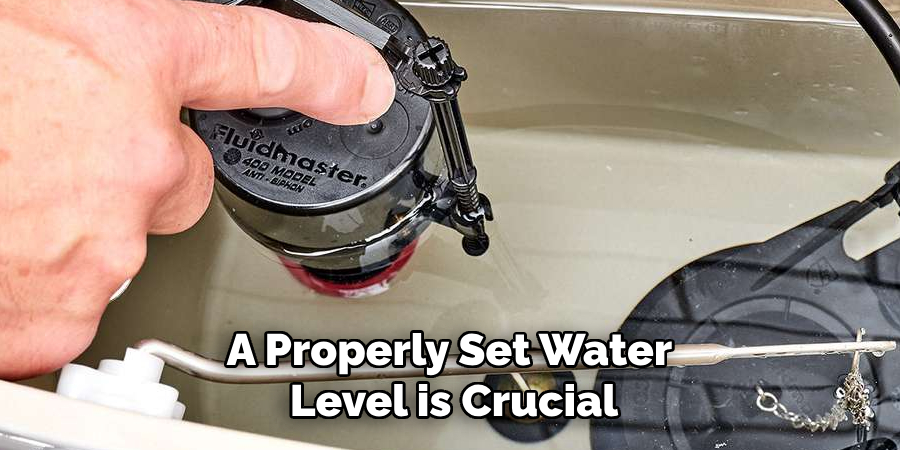
Common Issues with Toilet Inlet Valves
Leaky or Constantly Running Toilet
One of the most prevalent issues homeowners encounter with toilet inlet valves is a leaky or constantly running toilet. This problem often arises from a malfunctioning inlet valve that fails to close properly. Over time, debris such as mineral buildup or sediment can accumulate within the valve, impeding its functionality. Additionally, worn-out parts, such as the diaphragm or seals, may no longer create a watertight fit, causing water to leak continuously into the tank or bowl. This wastes water and can inflate utility bills if left unattended. Identifying these issues early on can aid in timely repairs, such as cleaning the valve components or replacing faulty parts, to restore the inlet valve to its proper operating condition.
Low or High Water Levels
Another common problem associated with toilet inlet valves is incorrect water levels in the tank. If the water level is too low, the toilet may not flush effectively, leading to repeated attempts and frustration. Conversely, if the water level is excessively high, it can result in overflow and unnecessary water wastage. These issues are often the result of improper adjustment of the float or valve mechanism.
A float that is set too low will keep the inlet valve open longer than necessary, while a float set too high can cause the valve to shut off prematurely. To remedy this, homeowners should regularly inspect the float position and adjust the height using the adjustment screw on the valve. Properly calibrating the float ensures that the water level remains within the optimal range for effective flushing and efficiency.
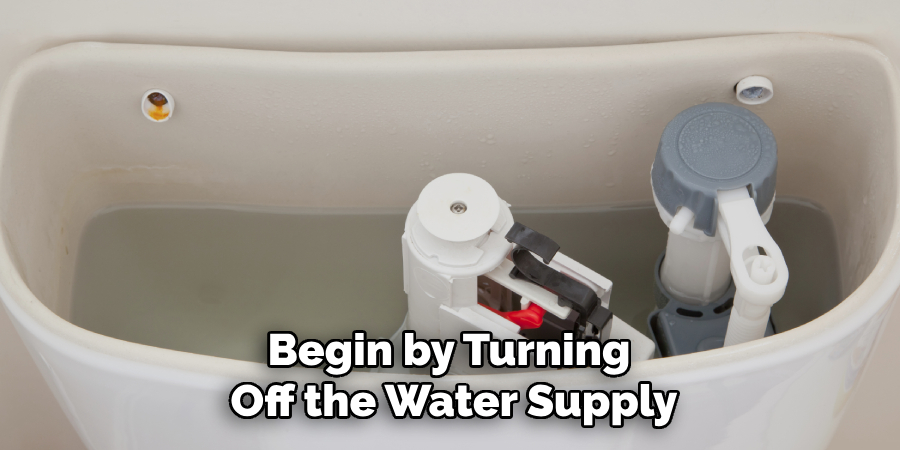
How to Adjust or Replace a Toilet Inlet Valve
Adjusting the Inlet Valve
To adjust the inlet valve for optimal water levels, begin by locating the adjustment screw or clip on the float mechanism, which can often be found on the top or side of the valve. First, flush the toilet to empty the tank and examine the float’s position. If the water level is too low (below the indicated mark on the tank), turn the adjustment screw counterclockwise to raise the float, thereby increasing the water level when the tank refills.
Conversely, if the water level is too high (above the mark), turn the screw clockwise to lower the float. For float cup valves, simply squeeze the clip to detach the float and slide it along the rod to the desired height before reattaching. After making adjustments, flush the toilet again to ensure the water level is now correct and sufficient for effective flushing.
Replacing a Faulty Inlet Valve
If you find that the inlet valve is beyond repair, replacing it is a straightforward process. Begin by turning off the water supply to the toilet, typically by rotating the shut-off valve located behind the toilet. Next, flush the toilet to drain the tank, ensuring it’s empty. Once the tank is dry, use a wrench to disconnect the water supply line from the old inlet valve, then remove the valve from the tank by unscrewing any fasteners holding it in place.
Before installing a new valve, choose a compatible replacement that matches your toilet model, making sure to check for size and connection types. Once you have the new valve, secure it in place, reconnect the water supply line, and turn the water supply back on. Finally, check for leaks and confirm that the new valve properly regulates the water level in the tank by flushing the toilet and observing the functioning.
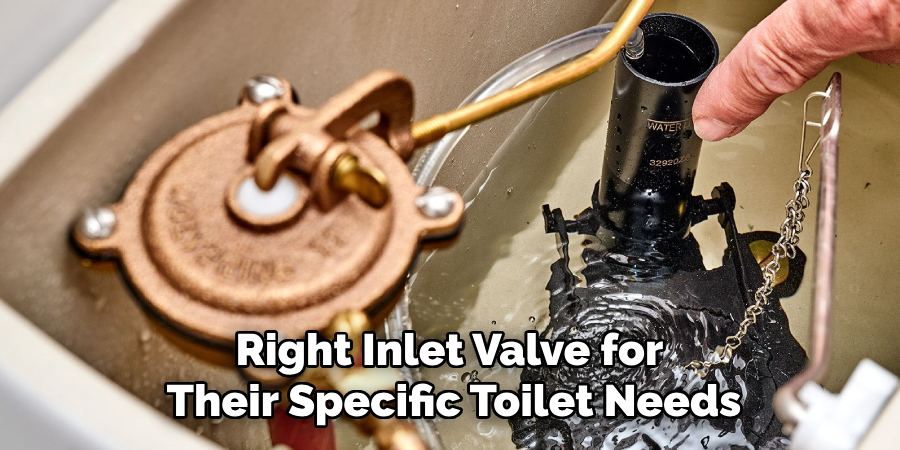
Maintenance Tips for a Healthy Inlet Valve
Regular Inspection and Cleaning
To keep your toilet inlet valve functioning smoothly, it’s essential to conduct regular inspections and cleanings. Homeowners should check the valve for any signs of leaks or wear and tear at least once a month. Debris buildup can significantly hinder the valve’s performance, so periodically cleaning the inlet valve by removing any sediment or mineral deposits will help maintain its operation and prevent complications.
Preventing Hard Water Buildup
Hard water can cause significant issues for your inlet valve, leading to mineral buildup that affects functionality. To prevent these problems, consider using water softeners to reduce calcium and magnesium levels in your water supply. Additionally, vinegar-based cleaning solutions can clean the valve periodically, helping dissolve any existing mineral deposits and ensuring that the inlet valve operates efficiently. Regular maintenance will extend the life of your valve and enhance overall toilet performance.
Conclusion
In summary, the inlet valve plays a vital role in the functioning of your toilet by filling the tank with water, regulating the water levels, and preventing overflow. By responding to the float mechanism, the inlet valve ensures that the tank is refilled effectively after each flush while maintaining the appropriate water level. Regular maintenance, including inspections and timely replacement of faulty parts, is essential for keeping your toilet well.
Homeowners are encouraged to invest time in understanding “how does a toilet inlet valve work,” as this knowledge can empower them to troubleshoot common issues and ensure a reliable plumbing system. A well-maintained inlet valve not only enhances your toilet’s efficiency but also contributes to reducing water waste and managing utility costs.

